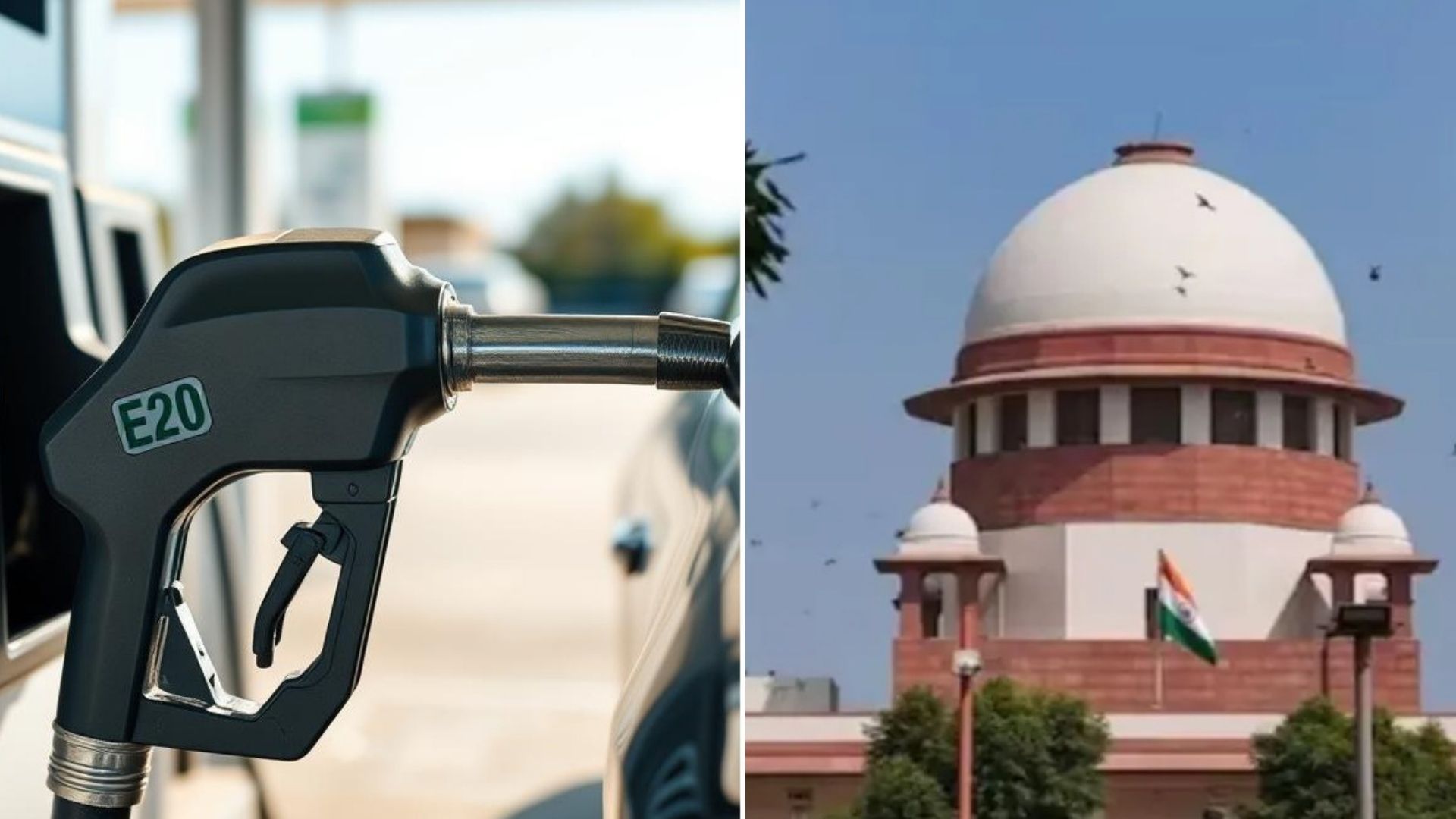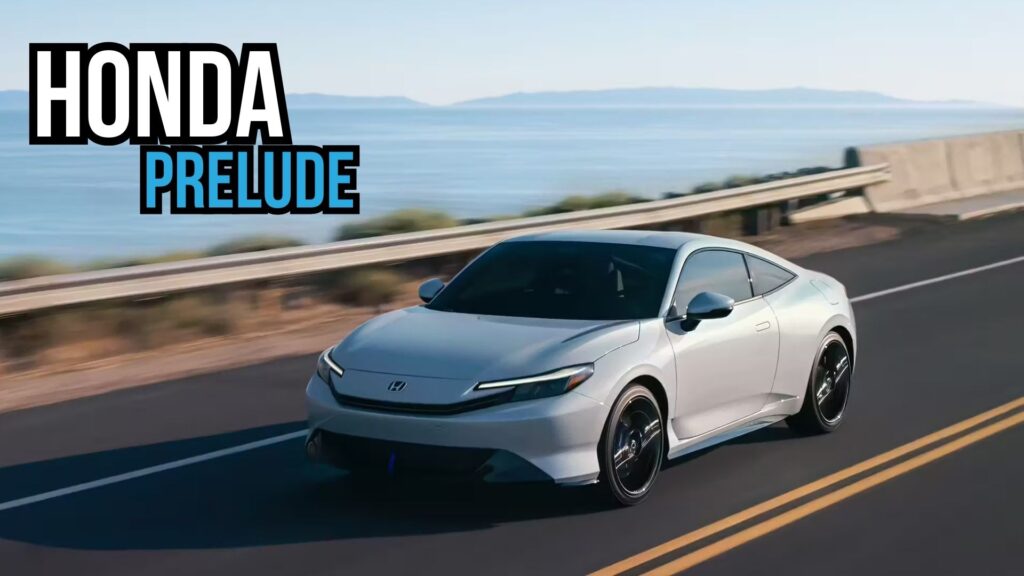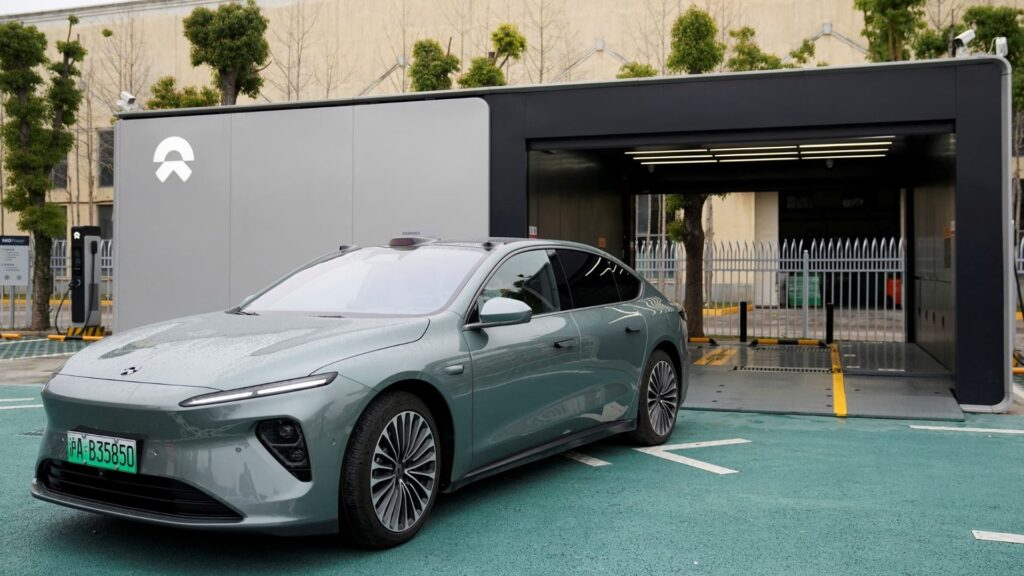India is moving forward with a bold shift in its fuel policy, spurred by a recent Supreme Court ruling that clears the way for widespread use of petrol blended with 20 percent ethanol (E20). The central government in New Delhi is now looking ahead to increasing the ethanol blend further to as high as 30 percent by 2030. This drive aligns with the government’s efforts to reduce dependence on imported fossil fuels, support the rural economy through ethanol production, and curb environmental pollution.

Supreme Court Verdict and E20 Approval

On 1 September 2025, the Supreme Court of India dismissed a Public Interest Litigation (PIL) challenging the ethanol-blending policy, thereby permitting the sale of E20 at more than 90,000 petrol pumps across the country. The petition sought to compel the government to continue supplying ethanol-free petrol alongside E20, citing concerns for older vehicles that may not be compatible with the higher ethanol content.
Government’s Ambitious Ethanol Targets
Encouraged by the court’s verdict, the government is now considering a phased increase in the ethanol blend raising it from 20 percent to as much as 30 percent by 2030. This aligns with long-term goals of reducing crude oil imports and strengthening energy security, while bolstering India’s green credentials.
Benefits of Higher Ethanol Blending
-
Foreign Exchange Savings: Over the past decade, ethanol blending has helped India save approximately ₹1.2 lakh crore in foreign exchange by reducing volume of imported crude oil.
-
Environmental Gains: Ethanol is a renewable biofuel that burns cleaner than hydrocarbon fuels, helping reduce vehicular emissions.
-
Rural Economic Boost: Tapping into domestic ethanol production often derived from sugarcane, corn, or other biomass can benefit farmers and rural communities.
Potential Challenges and Technical Concerns
Despite its advantages, ethanol poses specific challenges:
-
Corrosive Nature: Ethanol can degrade rubber seals, gaskets, hoses, fuel pumps, and other components not designed to handle higher ethanol content.
-
Material Compatibility: Vehicles built after 2022 by leading manufacturers are typically tested and certified for E20 use. However, an estimated 80 percent of small petrol-run cars and two-wheelers in India remain calibrated for petrol containing at most 10 percent ethanol (E0–E10).
-
Hygroscopic Behavior: Ethanol absorbs moisture from the air. When mixed with petrol, it can pull in water vapor, potentially resulting in water settling at the bottom of the fuel tank especially if the tank cap is not airtight or during monsoon conditions. This moisture can cause engine misfiring, start-up issues, and jerky performance.
Advice for Owners of Older Vehicles
For older two-wheelers and cars that were designed for low or no ethanol content, using E20 or higher could demand preventive maintenance and caution:
-
Fuel System Checks: Inspect and replace gaskets, pipes, carburetors, filters, and other vulnerable components as needed.
-
Compatibility Testing: Consult manufacturer guidance or service centers to ensure compatibility or suitability of your vehicle for E20.
-
Alternative Fuel Supply: Authorities should consider maintaining separate fuel pumps with standard petrol (E0-E10) at select stations to serve older vehicle owners.
Position of the Assam-Based Engineers’ Forum
The All Assam Engineer’s Association (AAEA), a forum of graduate engineers, cautiously welcomed the government’s initiative. Their statement stressed that while modern vehicles (post-2022) generally tolerate E20, older models built for 0-5 percent ethanol could face issues. They advised that the transition should be accompanied by adequate caution and guidance for such vehicle owners to prevent long-term engine damage.
Practical Measures for Safe Use of E20
Experts recommend a few key steps to alleviate the risks associated with E20:
-
Keep the Fuel Tank Relatively Full: Reducing air space inside lowers moisture ingress potential.
-
Ensure a Tight Fuel Cap: Prevents water vapor entering the tank especially vital during monsoon seasons.
-
Use the Fuel Regularly: Avoid prolonged storage of E20 in the tank; frequent engine use prevents moisture accumulation.
-
Timely Servicing: Regular checks of vulnerable components especially fuel-system parts, carburetors, seals, and fuel lines are essential for longevity and performance.
Frequently Asked Questions (FAQs)
Q1: What exactly is E20 petrol?
A1: E20 is petrol blended with up to 20 percent ethanol (ethyl alcohol), acting as a biofuel additive to cut down fossil fuel use.
Q2: Why is India increasing ethanol content in petrol?
A2: To reduce dependence on imported oil, promote sustainable fuel use, lower emissions, and support rural economies via domestic ethanol production.
Q3: Is E20 safe for all vehicles?
A3: Not necessarily. Vehicles manufactured after 2022 are generally compatible with E20. Older vehicles particularly those built for E0 to E10 may be susceptible to corrosion or performance issues due to ethanol’s properties.
Q4: What are the main risks of using E20 in older vehicles?
A4: Ethanol can damage components like seals, gaskets, fuel lines, and carburetors. Its hygroscopic nature also leads to moisture absorption, potentially causing engine starting issues and erratic performance.
Q5: How can owners of older vehicles protect their engines?
A5: By using petrol with lower ethanol content where available, keeping tanks full, ensuring fuel caps are secure, using the fuel regularly, and scheduling timely maintenance checks of the fuel system.
Q6: What is the government’s long-term goal for ethanol blending?
A6: To raise the ethanol blend in petrol to as much as 30 percent by 2030, subject to infrastructure readiness and vehicle compatibility.
Closing Remarks
India’s move to expand ethanol blending in petrol reflects a strategic push toward energy security, cleaner transportation, and rural development. While the 20 percent blending norm (E20) has cleared legal hurdles, its successful implementation hinges on greater public awareness, infrastructure adjustments, and careful planning for older vehicles. By combining policy momentum with safety measures and phased transitions, the country can harness ethanol’s benefits without compromising vehicle integrity.
For More Information Click HERE






